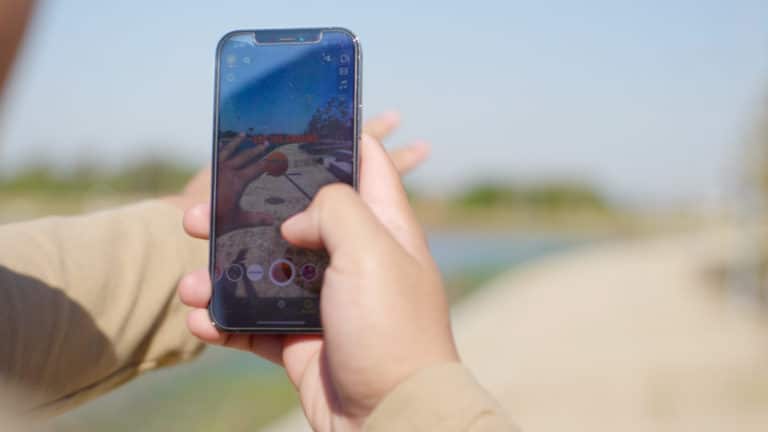
Recent reports from AR Insider’s research arm ARtillery Intelligence have covered topics like AR shopping and AR marketing best practices. But to put more substance and validation behind those narratives, we decided to ask consumers how they feel about mobile AR.
So we set out for answers. Working closely with Thrive Analytics, ARtillery Intelligence authored questions to be fielded through its established survey engine to more than 102,000 U.S. adults. The result is wave V of the research, and a narrative report to unpack the results.
In addition to the report itself, entitled AR Usage & Consumer Attitudes, Wave V, episode 61 of ARtillery Briefs breaks down the top takeaways. See the top episode takeaways and summary below, followed by a video embed of the full episode itself.
Adoption Friction
So what did the report find? Starting at a high level, 30 percent of respondents have used mobile AR. And 75 percent of those do so at least monthly. This is a strong metric given longstanding challenges among mobile apps to sustain recurring usage outside of a few core apps.
As for the types of AR experiences respondents have tried, AR-as-a-feature took the top spot for the fourth year in a row. This includes experiences like Snapchat Lenses where AR has been infused within non-AR apps. It’s successful because it meets users in the apps they already use.
Among these formats, it’s also important to note that web AR is on the rise, with about 15 percent of current AR usage. We’re bullish on this approach, due to its easy onboarding in browser-based experiences that can be shared through universal web links, rather than forcing app downloads.
The commonality with AR-as-a-feature and WebAR is that they reduce activation energy. AR is too early and unproven to get users to go out of their way to download apps. So success in early days is found through reducing the friction that sits between users and AR activation.
Bouncing Back
In terms of content types, gaming leads which is mostly attributable to Pokémon Go, followed by social AR, which is due to AR lenses. Other popular formats include “try before you buy” product visualization and visual search which helps identify real-world items through your camera.
Drilling down on visual search, we’re bullish on this flavor of AR due to its utility. Usage was up in Wave V after declining in Wave IV. The latter is due to Covid lockdowns, as visual search is tied to physical-world activity. So it’s not surprising that it bounces back as IRL activity does.
Wave V also saw increased interest and use of AR that supports eCommerce transactions by letting users visualize products in their space. This has gotten ample exposure and traction during the pandemic as it adds value and dimension to eCommerce, which itself has inflected.
Another positive sign was that 75 percent of respondents reported high satisfaction with mobile AR. But that contrasts non-users, who report low likelihood of adoption and explicit disinterest. This is an ongoing theme in several waves of this research, signaling AR’s marketing challenge.
Familiar and Frequent
Speaking of marketing, one tactic we’ve observed is plain-spoken AR branding. Best practices can be seen in Snapchat Lenses and Pokémon Go, which rarely use terms like “AR” in user-facing ways. And Google calls visual search “search what you see,” rather than tech jargon.
Other best practices for accelerating consumer adoption include bolting AR to repeatable or high-frequency activities. For example, Snap has gained more AR traction than anyone by applying it to messaging and communications. These are familiar and frequent daily activities.
Speaking of Snap, AR traction can be found in tying AR to a social graph. This can accelerate growth through virality and network effect. Instagram and TikTok are the next companies to watch for this reason. Finally, gamification can boost AR stickiness, as shown by Pokémon Go.
In summary, these survey results are positive confidence signals for AR, but there’s still a ways to go. The name of the game is plain-spoken marketing, reducing friction, and positioning AR to enhance existing comfort-zone activities. That’s where AR’s first killer apps will likely sprout.
Check out the full report for more, and the latest ARtillery Briefs episode below.






